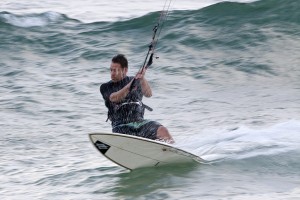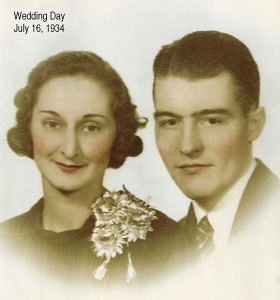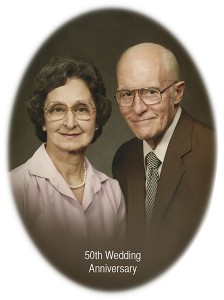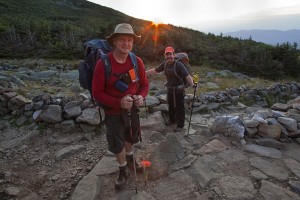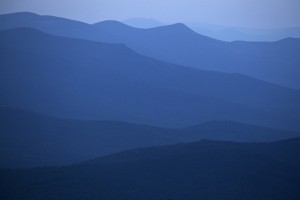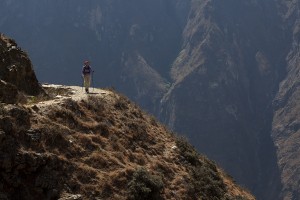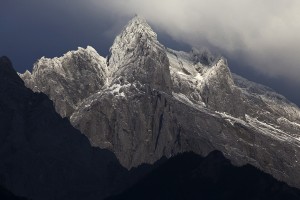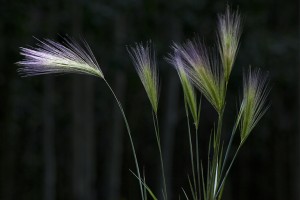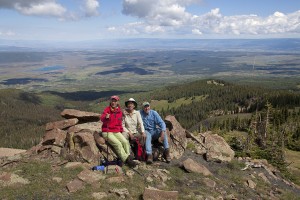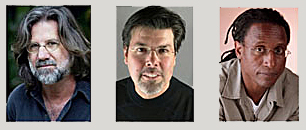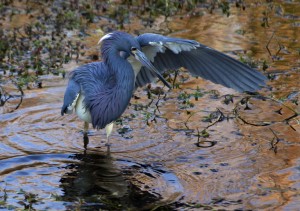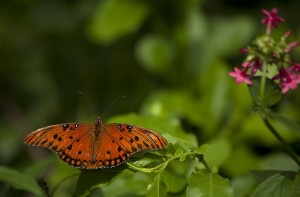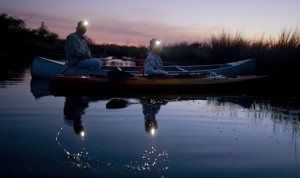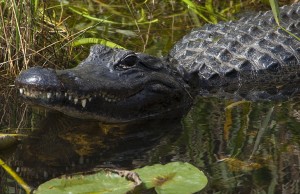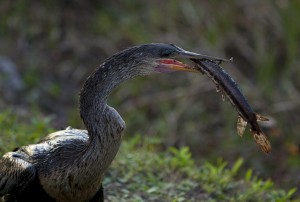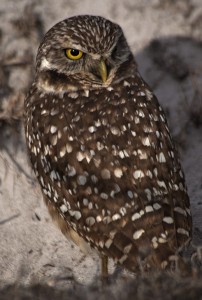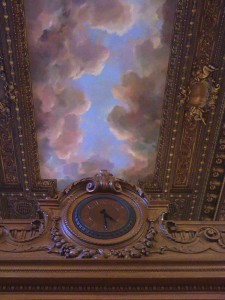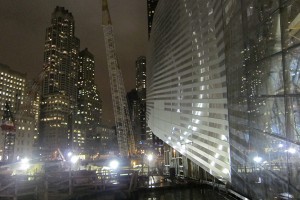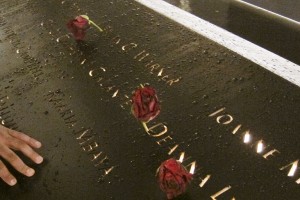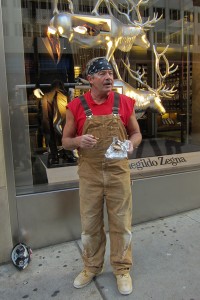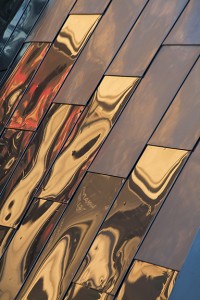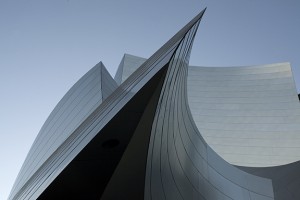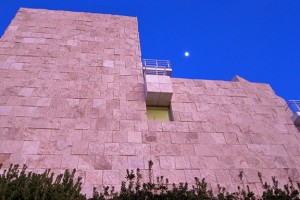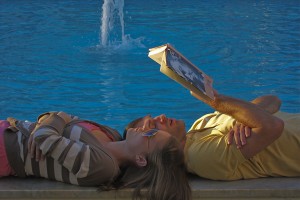I have been remiss in posting to my blog recently. I know that the main purpose of a blog is to capture the immediacy of what is happening in the moment, similarly to tweets and social media posts.
But being the “Traveling Man”, I have been quite busy this summer starting with a workshop with 10 students at Horizon Workshops in Chesapeake City, MD, immediately followed by an around the world trip that lasted a month, then LOOK3 the photography festival held in Charlottesville, VA in early June.
Two days after arriving home, we had a family reunion with over 40 people at my house. Fortunately my daughters help to stage the event and a good time was had by all.
Following the 4th of July, I took off for my cottage in Canada where I am organizing this post.
So what is this blog about anyway, Bob?
Tourists!
There are many “Must See” places in the world – the Pyramids, The Taj Mahal, The Statue of Liberty, The Eifel Tower, Ayers Rock, Big Ben, etc. The trouble is, as the population of the world increases and travel becomes more viable for many, these Must See locations become inundated with tourists. Gigantic cruise ships and large tour buses spill hundreds of thousands of visitors each year into these icons, where the local population ask for more, since the tourist dollars are clean and plentiful.
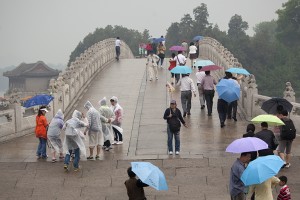
Summer Palace, Bejing, China
I recently found myself in Beijing (The Forbidden City, The Great Wall, etc.), Paris (The Eifel Tower, Notre Dame Cathedral, etc), Venice (Piazza San Marcos, The Grand Canal, etc.), Dubrovnik (The Old City), London (Big Ben, Westminster Abbey, etc.), Toronto, (The CN Tower), Baltimore (Fort McHenry), and Washington, DC (The White House, The Washington Monument, etc.).
Following is a short guide to how I am able to visit these attractions (once!) and get the most out of the experience.
Research before you go
With the Internet, you can drill down on where you want to go for the best experience at a reasonable cost. In this world, no one needs to rely on travel agents to plan their trips (more on this later). Lonely Planet and other guidebooks are on line. Trip Advisor is invaluable (more on this site later). Once you determine your destination look for TV shows like Rick Steves and YouTube videos that you can stream for more knowledge of the location. The US State Department gives information and background on all the countries of the world. Spend the time and you will be rewarded.
Look for Local Connections
“My daughter is in the Peace Corps in Bangwanaland, and loves it!” This comes from an acquaintance of yours. So, what is her email address? Would she mind if you contacted her about local conditions/customs? Does she know a local guide and/or a great place to stay?
A friend says, “I climbed Mt. Kilimanjaro two years ago”. You say, I am going in October. Can I have lunch with you and find out some of the “dos and don’ts”?
You get the drift.
Are you Sure You Want a Tour Package?
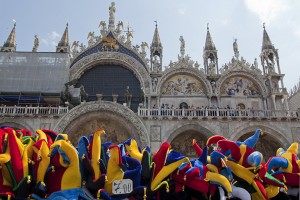
Jester Hats, Piazza San Marcos, Venice
Here is my take on packages. You pay an extra 15 to 20 % to have a company put together a tour for you. Normally, on this tour you will be with others that you do not know (sometimes, in the case of cruise ships, thousands that you do not know).
The tour operators set an “all inclusive” agenda and include the major sites, but usually this means that you will be informed of where you will stay, when to get up, when the transportation leaves the hotel, when the transportation leaves the attraction, etc. You could customize the trip with the tour operators, but the cost may be prohibitive, as they are able to get “group rates” with larger numbers of tourists following the same itinerary.
Recently I spoke with a couple that had just returned from China on a “five star” tour. They said that they stayed in top of the line Marriotts and Hiltons (in China?). I asked what one of the properties cost, and the answer was that it was included in their fee, as was everything else. Most interesting, they said that their guide said the Chinese referred to Caucasians as those with “round eyes and big noses”. Really?
Which brings me to another point about guided tours. For the most part, they are homogenized and abbreviated to fit the tour.
Accomodations
Many people think that Bed and Breakfasts are sub-par to hotels. Au contraire! They will help integrate you into the general community where you are staying. The proprietors will give you local tips on places to eat, what cultural events are taking place, etc. Best of all, if you want them to, they will engage you at breakfast or in the evening to discuss history and local politics, problems in their country and the perceived differences between their county and yours. The conversation will also help break down the stereotypes that you may have about their city/country. Invigorating!
Look at Trip Advisor to pick a Bed and Breakfast or a hotel and to verify what sites to see in your location. You can book right on the site. Trip Advisor rates the hotels and Bed and Breakfasts by how previous travelers review them. Many establishments cherish the reviews and make sure they have a top-notch venue and good customer service. I usually pick the number 3 or 4 rated B&B and have yet to be disappointed.
Perhaps you can stay with a friend that you know. Implicit in your request can be the possibility that they can stay with you while visiting your town.
Booking Rail, Bus and Ferries
With the Internet, you can book and pay for very intricate travel itineraries. Following is an example of one such that I completed in the US in March and executed to perfection in May:
Saturday, May 26
Leave Venice to Ancona, Italy by rail Train # 9439 at 3:39. Bob has tickets.
Arrive Bologna, then Train #9819 arriving in Ancona at 7:36 PM.
Ancona to Zadar, Croatia at 2200 via ferry, AB deck. Check in at 8:00 PM Depart 10:00 PM.
Jadrolinija Ferry Terminal, Booking Number 002856757
Sunday, May 27
Arrive Zadar, Croatia at 0700.
Tour Zadar and then take bus to Split.
Send text message to House Sandra mobile when leaving Zadar for pickup at bus station in Split.
Overnight at House Sandra, Booking number 390417930
Nincevica 11 21 000 Split, Croatia. Mobile: +385 99 685 21 99 info@guesthouse-sandra.com
I made all of these arrangements on the net with no travel agent involved.
“Near Season”

Caramaran Ferry to Hvar, Croatia
Find out what the “high season” is for the area you want to visit and then go just before or just after. The accommodations may be less expensive, but most importantly, you will avoid the big crowds, In Hvar, Croatia we had perfect weather in May, and all the locals reminded us not to come in July and August. In Venice and Lijaing, Yunnan, China the crowds were overwhelming in May. I can’t fathom what they might be in the high season.
The ferry to Zadar, Croatia holds over a thousand people. On May 27, see above, there were 83 individuals.
Miscellaneous Tips
• If you want a quick tour of a small city, hire a taxi for a couple of hours with a driver that speaks your language well enough to be an interpreter. Don’t be shy. Interview a number of them until you find one where the negotiated price is right and you can really communicate with the driver. Or,
• Take the “Grey Line” tour. For a few bucks, a bus tour can really orient you within a couple of hours,
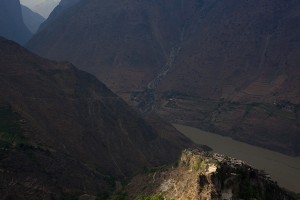
Ancient Walled City, Yunnan, China
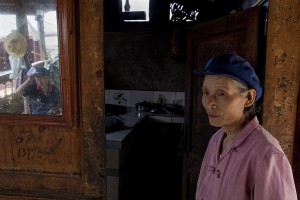
Naxi Woman in Her Home
• Hike to locations where there are no roads. Many tourists will not make this effort, but if you do, the rewards are great. In non-tourist areas people act naturally. In major tourist areas, visitors often have paid for pictures. At first it was a pittance, but each year the locals have upped the ante.
• Travel light. No one cares if you wear the same outfit for several days. Use your bathroom sink to wash out undies and socks.
• Be flexible. Don’t get hung up on your schedule so much so that if something changes it throws you off. Adapt and you will find that sometimes your alternate plans are better than the one you originally decided on.
Photographic Essays
Visiting a major tourist attraction for a day or two might yield a few nice images for a photographer, but individually they will never tell the story of the place. In order to do that, the photographer has to spend the effort to research the location and spend enough time there to understand how s/he feels about the place. They then must be astute enough to communicate these feelings and thoughts through their images. The final essay is a series of connected, imaginative, cognitive and provocative photographs.
This is nearly impossible to do without real work. Think about other art forms. Could a novelist spend two days in Venice and write a book?
For the most part, you get out of photography what you put into it. Your results may vary. Happy travels!
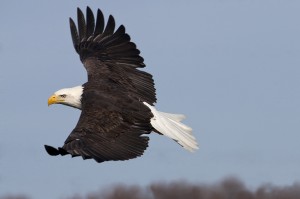 Better yet, I met Bruce DeBonis, a dedicated amateur whose site is TravelThroughPictures. Check out his blog for some photo tips. The blog is written in a self-deprecating style, which allows us to deal with our own photographic issues and be open to his suggestions.
Better yet, I met Bruce DeBonis, a dedicated amateur whose site is TravelThroughPictures. Check out his blog for some photo tips. The blog is written in a self-deprecating style, which allows us to deal with our own photographic issues and be open to his suggestions.
